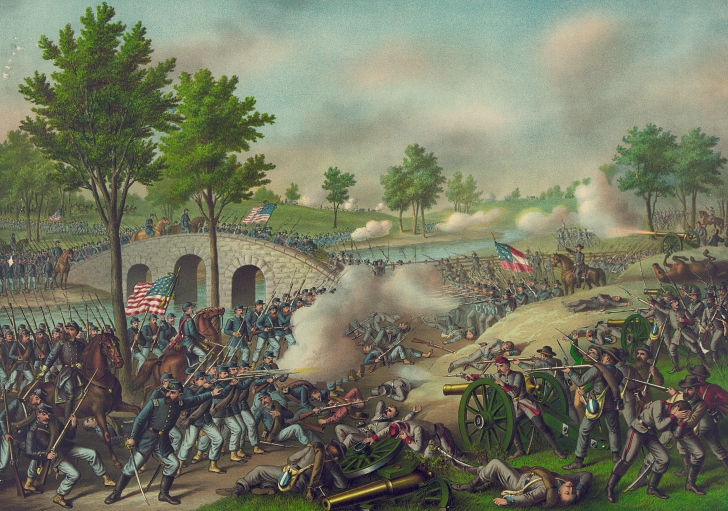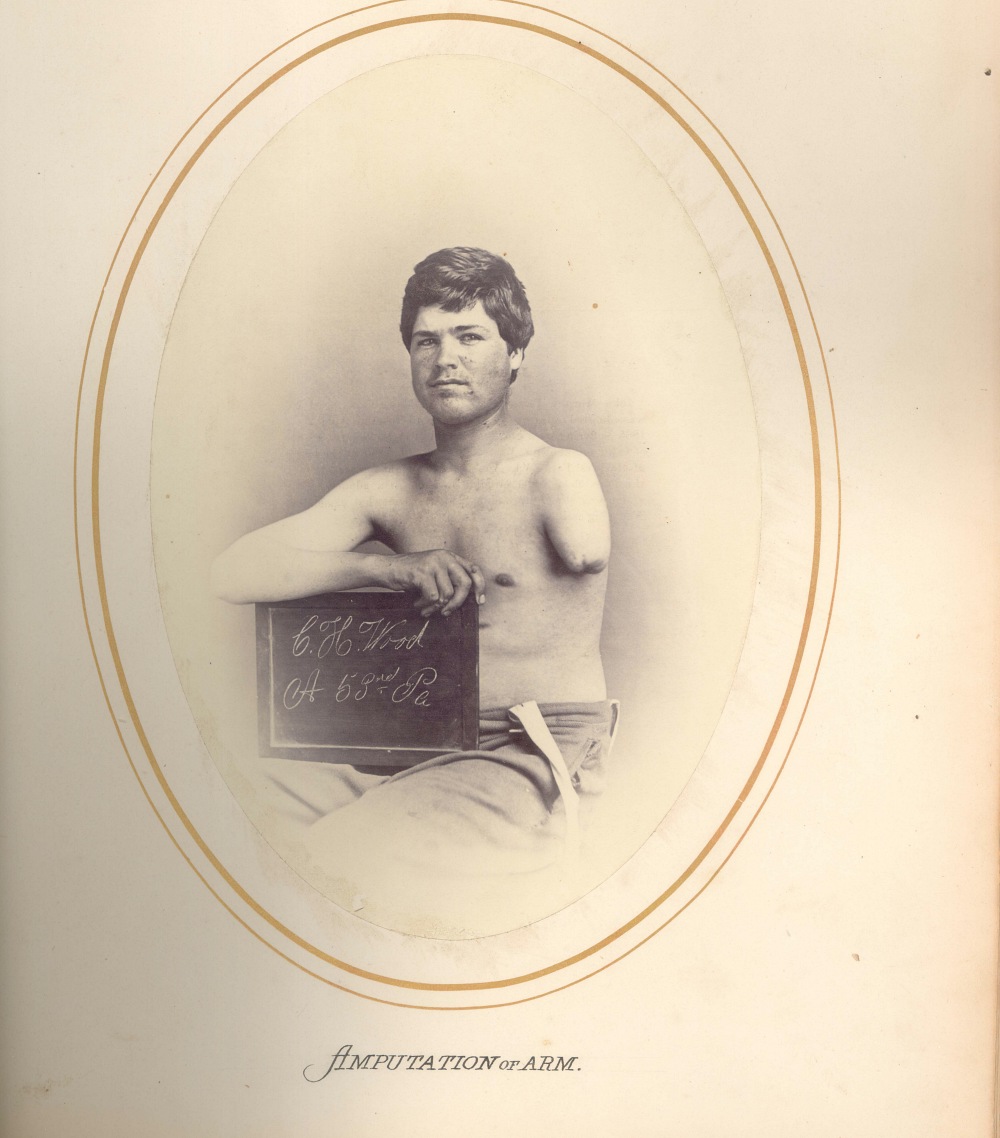Warning: the following contains graphic historical content.
The Civil War was a very deadly, 5-year conflict, one in which 2.5% of the American population died. The warfare used at the time contributed to many slow and painful deaths. The firing of cannon balls directly at soldiers meant that many had to contend with crushed bones and useless limbs. Furthermore the type of shot used in the rifles of the day were highly destructive to tissue and bone- much more so than the round musket ball shots of prior wars had been. At the time a battlefield surgery would have been rudimentary at best – owing to a lack of technology or hygiene. But, many who were injured during battle never even made it as far as the surgeon’s table.

The Antietam Arm is an artifact which attests to the horrific nature of the war and its casualties. The arm was found by a farmer at Antietam, Maryland, a couple of weeks after the bloody battle. In only one day of fighting on that fateful day of September 17th, 1862, 23,000 men were either killed, wounded, or missing after the smoke cleared.
Prior to this horrific scene the low farmer’s lane that ran along the fields was used to bypass the nearby town of Sharpsburg and was known as the Sunken Road. But, it was filled with dead bodies during the fighting and thereafter was known as Bloody Lane. It’s no surprise that the arm was found nearby at the Burnside Bridge, not long after the skirmish ended.

The arm as it looks today is dark and mummified. We have no information on who the arm belonged to since the scene after the battle was a confusing and messy one for both the Confederacy and the Union. It was not uncommon to lose a limb to surgical amputation, but according to George Wunderlich of the National Museum of Civil War Medicine the arm was not cut, but rather was severed by artillery.
Wunderlich calls the Antietam Arm the “most revered artifact” at the museum. It was donated anonymously in 2012 after having been on display at a private museum near Antietam. Legend has it that the farmer who found it dipped it into a brine bath to help preserve it and that a later owner of the arm used formaldehyde to keep it from rotting.

The arm was analyzed by the Smithsonian Institute before going on display at the National Museum of Civil War Medicine. The findings showed that the arm belonged to a male aged 16-18 years and that the man who lost it was from the Ohio River Valley.
Despite the shock value of a mummified arm, Wunderlich says the artifact is far from a curiosity and shows visitors that there was a human behind every statistic of the war.
You can learn amore about this unusual artifact and see it for yourself in the video below.
SKM: below-content placeholderWhizzco for DOT

